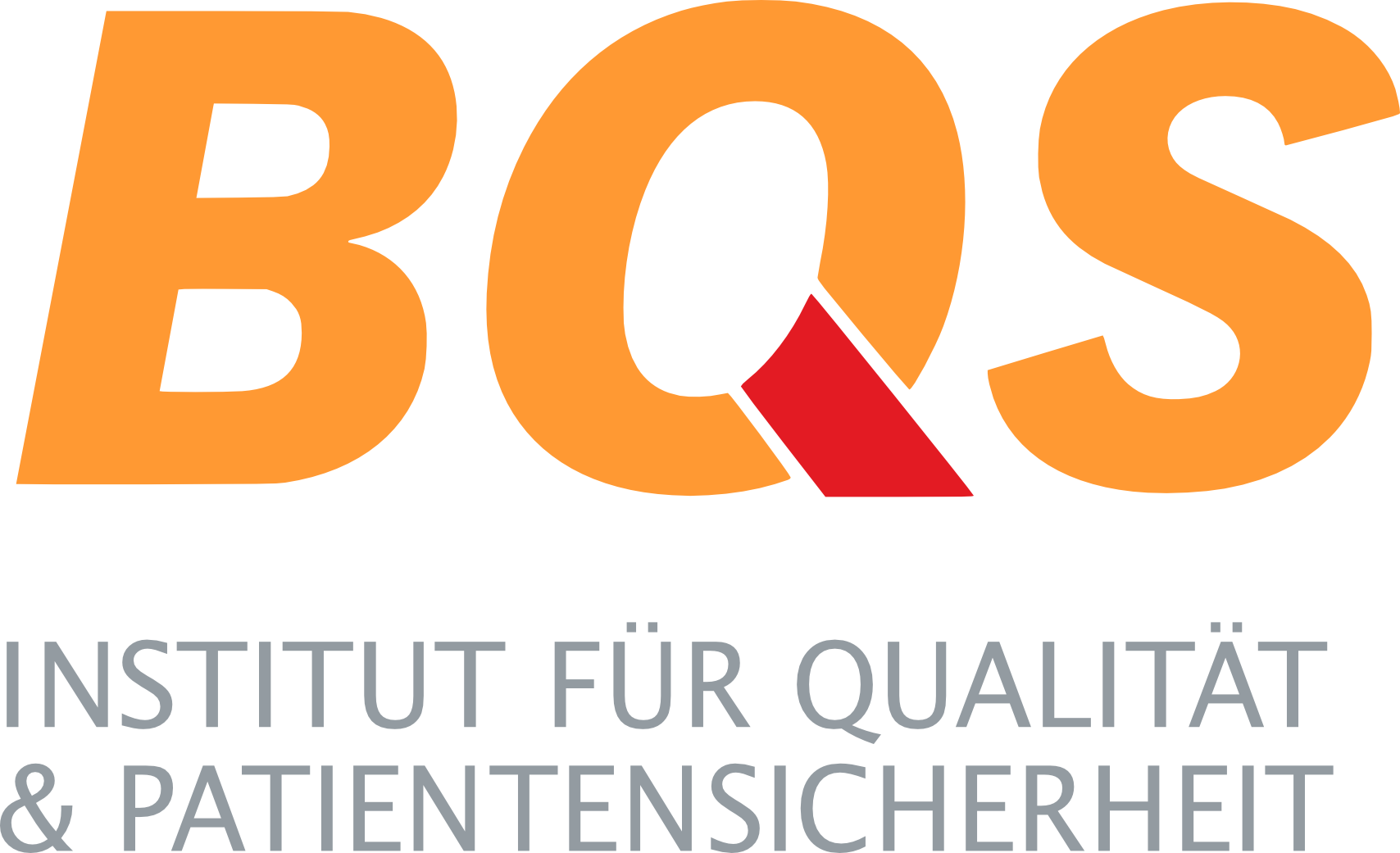Position: Out of the pressure
Eva Lampmann, BQS Institute
Evaluations, surveys
The right leadership style creates room to act with moderation and meet the major challenges in healthcare. The bottom line is quality and the necessary culture.
The dynamics and complexity of the hospital market as well as health policy discussions about future billing systems and financing are increasing the pressure on the management of every hospital. Performance, optimization and quality pressures mean that German hospitals have been undergoing a massive and continuous process of change for years. With costs and profits firmly in view, it is often overlooked that a sustainable and effective (re)path leads to success: via a lived, uniform and effective leadership, quality and target culture that resonates with employees.
The ongoing process of change poses new challenges for managers and employees alike. The authoritarian management style, which is mainly characterized by clear rules and specifications as well as the sanctioning of mistakes and sole decision-making power, has had its day even in the old and hierarchical management structures of hospitals. Employees are thus not carried along, show reduced compliance and do not share the same goals - in the worst case, they burn out and talented as well as experienced employees leave the company. As a result, work processes continue to erode and quality declines. The authoritarian leadership style is replaced by an effective and sustainable understanding of leadership, which is characterized by open communication, co-decision-making opportunities, the identification of common, overarching goals and a culture of mutual respect and appreciation.
In addition to increased commitment, compliance, teamwork and motivation of employees, it takes the pressure off them and their managers: everyone is "in the boat" together, no one is rowing alone anymore and the goal is clear. A unified culture of goals and leadership supported by everyone develops slowly, and it takes much more than a set of rules and their compliance. Ultimately, creating a common corporate culture has to do with shared values and, if necessary, a change in the beliefs of each employee.
Changing values and attitudes is an internal and personal process, as well as a group dynamic and group norm-oriented process. In any case, this process takes time, communication, staying power, and an understanding of leadership that starts at the top and exemplifies guiding principles rather than demanding compliance. And when appreciative communication characterized by openness has created a target culture, the safety culture is not just followed, but lived.


